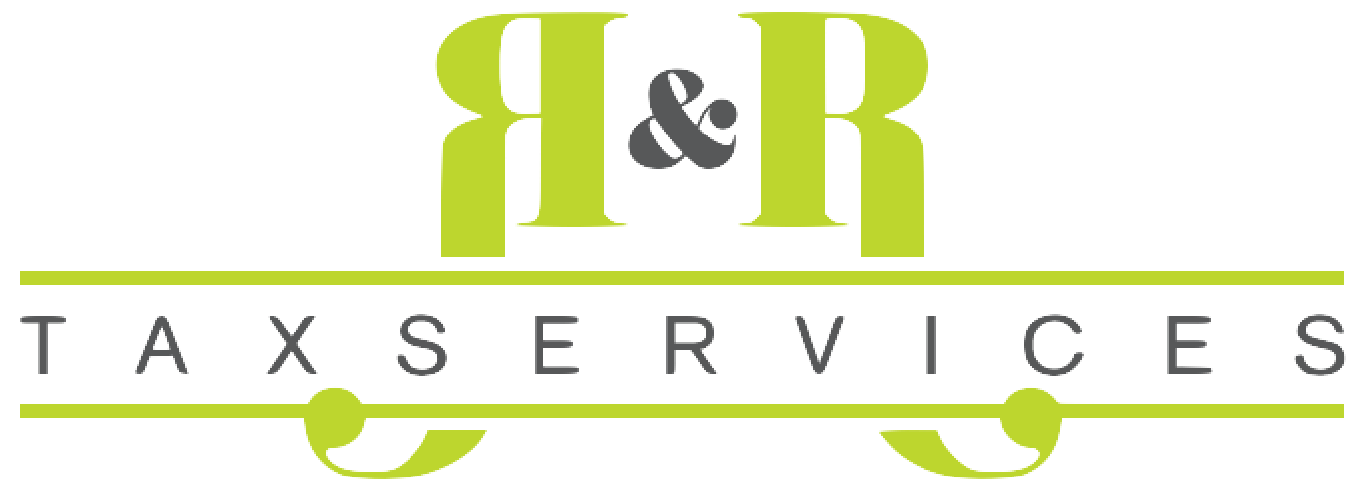America encourages the entrepreneur, the self-starter, the idea man (or woman), and our tax code sometimes (not always so clearly) should reflect that. There are, however, differences and responsibilities on the self-employed that might not be so clear-cut.
In today’s work-from-home model—and what is known as the gig economy—there are plenty of people who have made their side gig their main source of income or built their income through various clients. For many of these tax-payers, tax season means ensuring an accurate calculation of itemization, deductions, credits, and taxes.
If you are self-employed and have not been at it very long, here’s what you need to know about receiving that often confusing 1099 Form.
The Confusing World of 1099 Workers
The 1099 Form is associated with freelancers, small-business owners, and gig workers. The form shows you how much money you made from a given client. Workers are required to report income they made from all clients, although they may not receive a 1099 Form from them if they made less than $600 from that client. Many workers turn in a mix of 1099 Forms and W-2s if they have a full-time or part-time job and a few side hustles.
There are Different Types of 1099 Forms
The most common is the 1099-MISC and is prepared by companies or clients that pay a worker more than $600 for a year. There are actually 15 different types of 1099 forms. Most of the time, as a freelancer, you don’t have to worry about which one, since that will be for the payee to worry about. A 1099-G Form, for example, refers to government unemployment checks that are taxable income.
If you suspect you’ll be getting a 1099 Form in the mail, you should learn some of the tax responsibilities that fall on you and differ from a W-2 tax form. For many 1099 workers, these are relatively new waters to navigate, especially since the move to work-from-home for many companies.
Here are a few important things to note:
- The IRS gets a copy of the form as well. The same 1099 form the client or employer sent to you, also gets sent to the IRS. The IRS office then compares the records and ensures compatibility.
- You’re likely responsible for paying quarterly income taxes. It’s important to understand the differences between a 1099 and a W-2. One of the main differences is the idea that you may be responsible for paying quarterly taxes.
- Workers are responsible for paying social security and estimated taxes on their own. As a W-2 worker, your employer is withholding this amount for you and ensuring it is paid to the IRS. Most workers make the quarterly payments as a way to ensure the IRS you are paying ahead of time.
- Self-employment tax is another major change. At first glance, it may seem confusing, but it refers to your overall FICA payments, which are medicare and social security.
The best way to ensure accurate taxes and filing is to have a CPA help you with your taxes. If this is your first year making money as a self-employed person, however, there are tools and resources you can seek out as you prepare for tax season.
The IRS has a Self-Employed Individuals Tax Center to help people understand or estimate how much they might have to pay, given their income in the last few months. You can fill this worksheet out on the IRS website and come away with a pretty good idea about your tax responsibilities. The form takes about 20 minutes to complete. If you start making more than you expected, it’s good to keep track of this in order to adjust payments.
Savings — Another Winning Tip for Self-Employed Individuals
Save. Save. Save. Every business owner and taxpayer understands the importance of saving. This is even more important as a self-employed taxpayer. It is key to understand that your weekly or biweekly checks are not all take-home income. Every time you receive a check from a client, it is a good idea to put away a certain amount to your savings or a different account to ensure you have enough to meet your tax responsibility at the end of the year.
As Your Operation Grows, Consider Using Software For Easy Tracking
Being self-employed comes with certain freedoms and perks but also with complexities. It involves making appointments, filling out invoices, following up with clients about payments, etc. In addition to that, keeping track and paying quarterly taxes can be overwhelming. As your operation grows and you make more than you can keep up with, using software to track your income and help with tax estimates will save you a lot of time and headaches.
Find a Tax Expert That Will Back You Up
Here at R&R Services, we help ease the burden of tax season on taxpayers. It is difficult enough to make ends meet and keep your business going. Don’t let taxes and your tax responsibility hold you back from growth, proper organization, and stress-free life. We want to help you prosper by helping you fulfill your tax responsibility, know how to maximize the tax code, and stay informed with important changes that affect you.
If you need a trusted CPA or tax expert, call R&R Tax Services today and see the difference in our quality service.

